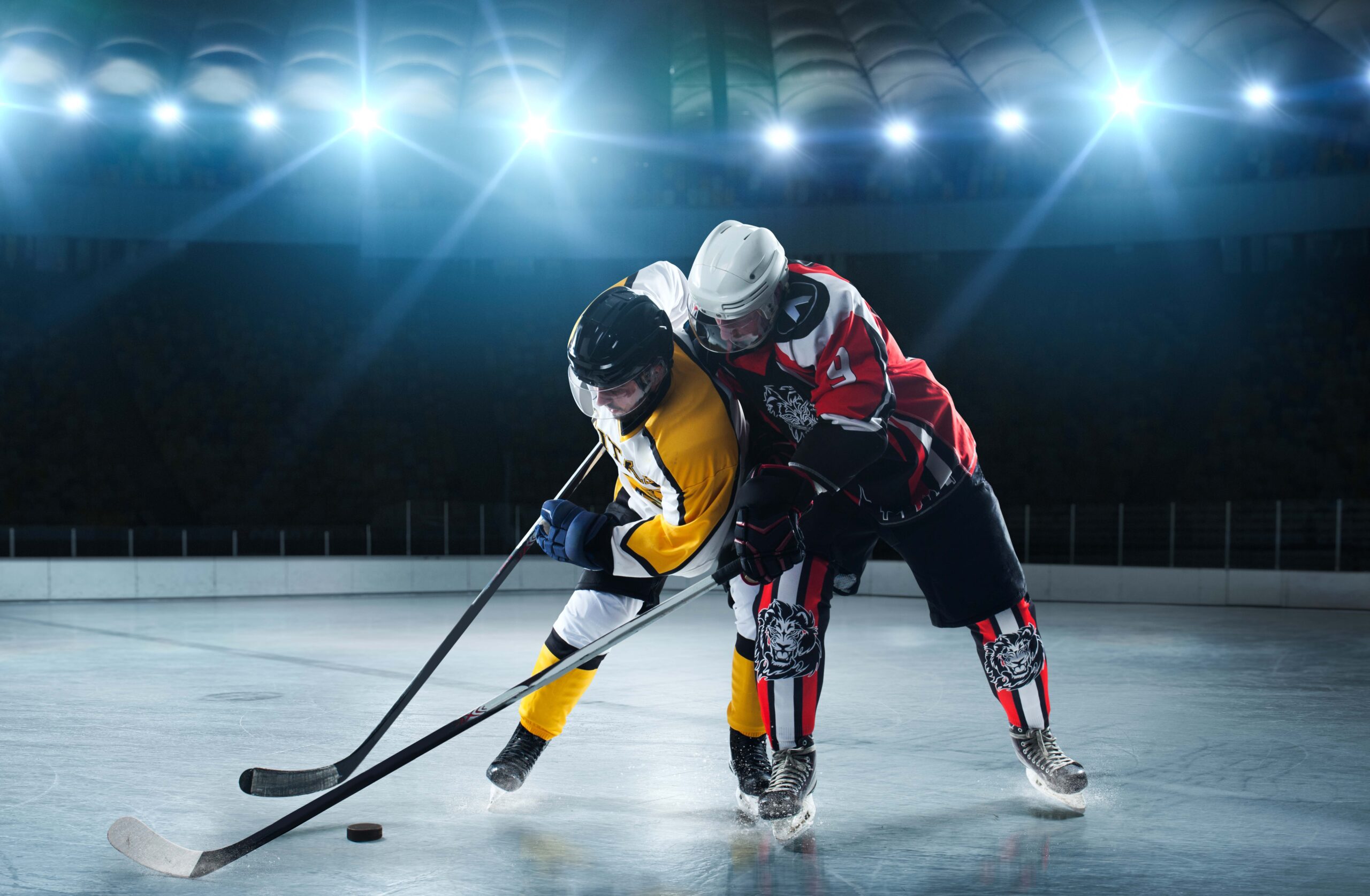At its core, hockey is a game of speed, skill, and strategy, in which maintaining control of the puck and dictating the pace of play are the keys to winning. One of the most foundational strategies of hockey is whether it is forechecking or backchecking, and, understanding the distinction between them, and how teams can train to execute a forecheck, is essential. What is the distinction between forechecking and backchecking, and how can teams prepare to execute a forecheck? An in-depth look at these essential aspects of hockey.
What is Forechecking in Hockey?
A team that does not currently have the puck plays forechecking. This is where one or more of the forwards will pressure the opposing team’s defence men – or any other player who has the puck – in order to stop the rush and force a turnover, put pressure on the opponent’s breakout plays, and maintain pressure in the offensive zone to force a scoring opportunity.
Difference Between Forecheck and Backcheck
Although forechecking and backchecking both are intricate parts of an offensive team’s defensive strategy, they are two different as they happen at different stages of a game and have different roles to play:
Forechecking: This is taking place in the offensive zone, with the intention of winning the puck and creating offence. The forecheck is aggressive pursuit and pressure on the puck when it is deep in the opponent’s zone.
Backchecking: The defensive work done by the forwards in order to meet back in the defensive zone after an offensive zone penalty has broken down. The aim of backchecking is to deny scoring chances by catching the opposing forwards in transition, and breaking up their plays, as well as supplying extra manpower to the defensive line.
These two forms of checking are tightly coupled over the entire course of a game, maintaining the offensive/defensive balance.
How to Practice Forecheck
Forechecking requires a mix of drills, smarts and teamwork to perform well. Below are several approaches to help players become effective forecheckers.
1. Players need to support each other with crisp passing and quick decisions.
2. Offensive players must move backward in an organized fashion or they risk losing their defensive support.
Drills That Bolster Speed and Agility: Speed and agility drills can help players develop a quick burst off the puck and can be helpful for forechecking.
Positional play drills: These drills are arranged to force the players to position themselves according to situation- and ice-specific principles that either make passing lanes difficult to receive or hinder the ability of the puck carrier to receive the pass. They focus on an individual’s role in a collective system that forces others to play steps behind. It means learning when to take away the pass directly and when to cover the pass along an outlet player.
Physical Play and Puck Protection Drills: Get players’ bodies into their games and having them shield the puck from a defender can be an important factor for successful forechecking. Tight drills along the boards or in the corners can be helpful.
Scenario-Based Practice: Full-ice games set up at 2-1-2 or 1-2-2 forecheck. Odd-man-rush games against whatever your coach sets up. Run this over and over. 3 3.
Communication and Decision-Making Drills: Using the forecheck is largely about a lot of little decisions that depend on team communication. Team drills that require quick decisions and communication can assist with chemistry on the ice and better decision-making in games.
Conclusion
Forechecking and backchecking go a long way toward determining whether a hockey game is more about a team controlling the puck and creating offensive opportunities or the team on defence having to stave off attack after attack by backchecking their way out of trouble. Understanding what distinguishes each of these from the other, and practising them accordingly, allows teams to be prepared for when these various situations come to the fore during a competitive game, and permit them to transition back and forth from offensive rushes to defensive recoveries as the game dictates. In order for all this to happen, the team practises hard in order to know the process, execute the tactics, and enjoy the results as the puck is relentlessly pushed around the ice.

